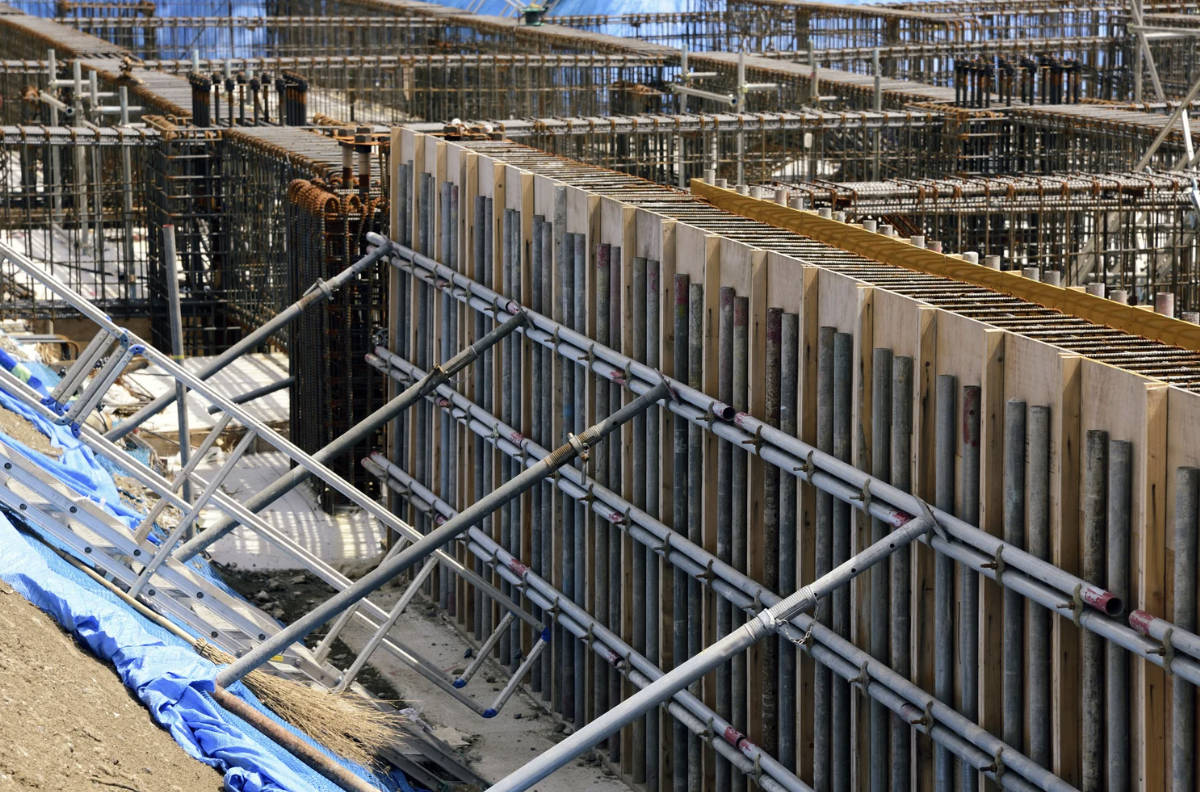F grade plywood is structural plywood used to build concrete formwork. It comes in different grades—like F14 and F17—that show how much load the plywood can handle. These grades help builders choose the right panel for the job, especially when working with formply in Australian construction.
What Is F Grade Plywood and How Is It Used in Formwork?
F grade plywood is designed to support concrete while it sets. The “F” stands for “stress grade,” which tells you how strong the plywood is. The higher the number, the stronger the panel.
Builders use this plywood to:
- Hold concrete in place during pours
- Shape slabs, columns, and beams
- Support weight until the concrete hardens
It’s essential in both residential and commercial projects.
What’s the Difference Between F14 and F17 Plywood Grades?
F14 and F17 are both strong, but F17 can handle more weight. That difference matters when you’re working on larger or more complex builds.
F14 grade plywood:
- Good for smaller jobs or lighter loads
- Common on residential sites
- More cost-effective
F17 grade plywood:
- Handles higher stress and heavier loads
- Often needed for commercial or engineered formwork
- Can be reused more often
The choice depends on your project and structural requirements.
Is F14 or F17 Grade Plywood Better for Concrete Formwork?
It depends on what you’re building. If you’re pouring a small slab or doing a basic residential job, F14 plywood is often enough. It’s also useful for things like plywood curved concrete forms, where flexibility matters.
For bigger or more demanding projects—like suspended slabs or commercial foundations—F17 plywood is the better option. It’s stronger and holds up better across multiple uses.
If the job needs high load capacity or multiple pours, go with F17. For a simpler pour or single-use formwork, F14 does the trick.
What Is Formwork Plywood and Why Is F Grade Important?
Formwork plywood holds wet concrete in place during construction. It needs to be strong, flat, and resistant to moisture. The F grade rating shows how much load the plywood can take without bending or breaking.
Using the right grade helps:
- Keep the formwork stable
- Avoid blowouts or warping
- Make sure the concrete sets properly
Choosing the wrong grade can lead to delays, safety issues, or wasted materials.
How to Choose Between F14 Plywood and F17 Plywood for Construction
To choose the right plywood, look at a few key things:
- Load: F17 is stronger and better for heavy-duty work
- Budget: F14 is more affordable and still reliable for smaller jobs
- Reusability: F17 lasts longer if you’re pouring multiple slabs
- Finish: F17 holds shape better and gives a cleaner concrete surface
- Building specs: Always check the engineer’s plans
Talk to your builder or supplier if you’re unsure.
What Is Formply and How Does It Compare to F Grade Plywood?
Formply is a type of formwork plywood that has a smooth, waterproof surface. It’s made with the same strong core as regular F grade plywood but coated with a phenolic film. That coating makes it easier to remove from concrete and helps it last longer.
Here’s how it compares:
- Formply resists water and is easy to clean
- It leaves a smoother finish on the concrete
- It can be reused more often than regular plywood
- It’s a go-to choice when appearance and durability matter
All formply is F grade, but not all F grade plywood is formply. If you need a clean finish or you’re working on multiple pours, formply is worth it.
Where to Buy Formply and F Grade Plywood in Australia
You can buy formply and F grade plywood across Australia. Look for suppliers like Covert Procurement who stock certified structural plywood and can provide proof of compliance with AS/NZS 2269.
Places to check:
- Hardware stores like Bunnings or Mitre 10
- Timber merchants and building supply stores
- Online retailers that specialise in formply Australia
- Trade warehouses or direct-from-mill suppliers
Make sure the product is stamped with its F grade and check for any damage before buying. Whether you need F14 plywood, F17 plywood, or premium concrete plywood, getting the right grade is key to a solid build.

